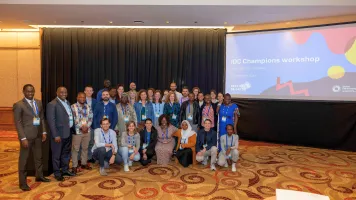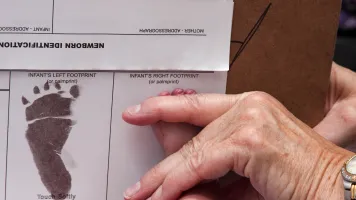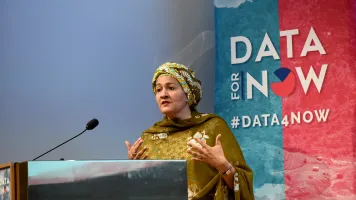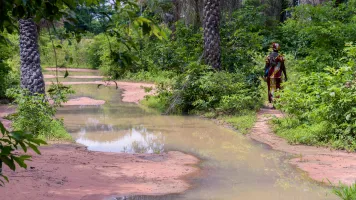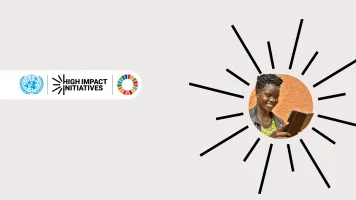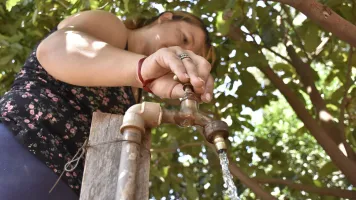Impact stories
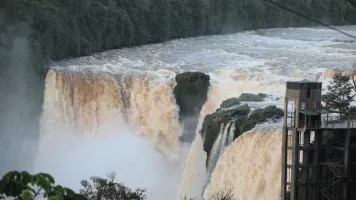
Towards a water information system in Paraguay
Paraguay is a landlocked country with enormous water resources—from rivers with dams that generate hydroelectric power to sharing the world’s largest freshwater aquifer with Brazil and Bolivia. But persistent challenges in managing these resources have resulted in lost economic opportunities for the country and unmet water and sanitation needs among Paraguayans.
In this context, Paraguay launched a multi-year process in 2019 to develop a system for sharing data to manage the country’s water resources more effectively. The result of this process, a new Water Information System (WIS), launched in March 2023, providing data publicly to be used to improve water resource management and access to safe drinking water and sanitation services across the country.

Hacia un Sistema de Información de Agua en Paraguay
Paraguay es un país sin litoral con enormes recursos hídricos, desde ríos con presas que generan energía hidroeléctrica hasta la mayor reserva de agua dulce compartida con Brasil y Bolivia. Pero los persistentes problemas en la gestión de estos recursos han provocado la pérdida de oportunidades económicas para el país y la insatisfacción de las necesidades de agua y saneamiento de los paraguayos.
En este contexto, Paraguay puso en marcha en 2019 un proceso plurianual para desarrollar un sistema de intercambio de datos que permita gestionar más eficazmente los recursos hídricos del país. El Sistema de Información del Agua (SIA) se lanzó en marzo de 2023, proporcionando datos público para ser utilizados para mejorar la gestión de los recursos hídricos y el acceso al agua potable y los servicios de saneamiento en todo el país.
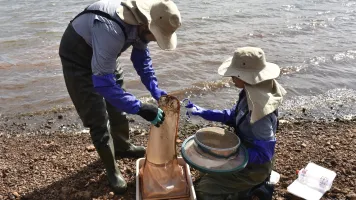
Better data on water quality and resources for better decisions
Data is the core of Paraguay's Water Information System (WIS). Access to better, more timely data on water quality and availability is leading to better resource management and decision-making.
The WIS brings together data from many sources and institutions to provide an accurate and timely picture of water resources and quality in the country.
The Global Partnership has been working with the National Institute of Statistics of Paraguay (INE) and the Reservoir Division of Itaipu Binacional Paraguay, to monitor progress on Goal 6 of the Sustainable Development Goals (SDGS): Clean water and sanitation.
In particular, we have been working together to measure SDG indicator 6.3.2 (which assesses water quality), using data collected at Itaipu Binacional Dam, and to include this data in Paraguay's WIS where it is freely available for decision-makers to use.
Photos and videos captured by Aguará Audiovisual on behalf of the Global Partnership, unless otherwise indicated.
With thanks to the National Institute of Statistics of Paraguay (INE), the Reservoir Division of the Environmental Management County of Itaipu Binacional, the Multidisciplinary Center for Technological Research (CEMIT), and to all those who participated in this Impact Story.

Mejores datos sobre la calidad del agua para una mejor toma de decisiones
Los datos son el centro del Sistema de Información del Agua (SIA) en Paraguay, dando forma a un enfoque más resiliente y responsable de la gestión de los recursos, para una mejor toma de decisiones.
El SIA reúne datos de diversas fuentes, para ofrecer una imagen precisa y oportuna de los recursos hídricos y la calidad del agua en el país.
La Global Partnership ha estado trabajando con el Instituto Nacional de Estadística de Paraguay (INE) y la División de Embalse de Itaipu Binacional Paraguay, para monitorear el progreso en el objetivo 6 de los Objetivos de Desarrollo Sostenible (ODS).
En particular, hemos trabajado juntos para medir el indicador 6.3.2 de los ODS (que evalúa la calidad del agua) y para incluir estos datos en el Sistema de Información del Agua, donde están disponibles de forma gratuita para su uso, por parte de los tomadores de decisiones.
Fotos y vídeos capturados por Aguará Audiovisual en nombre de Global Partnership, a menos que se indique lo contrario.
Con agradecimiento al Instituto Nacional de Estadística del Paraguay (INE), a la División de Embalse de la Superintendencia de Gestión Ambiental de Itaipu Binacional - Paraguay, al Centro Multidisciplinario de Investigaciones Tecnológicas (CEMIT), y a todos los que participaron en esta Historia de Impacto.
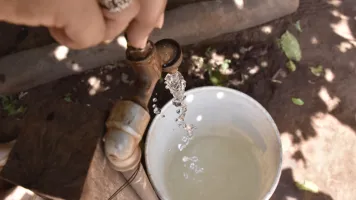
Cómo los datos están mejorando el acceso al agua potable en Paraguay
En Paraguay, un nuevo Sistema de Información del Agua (SIA), está proporcionando mejores datos para ayudar al Gobierno a identificar qué comunidades necesitan ayuda para acceder al agua potable.
El Sistema de Información del Agua (SIA), responde a la necesidad de disponer de datos completos y exhaustivos sobre el agua en Paraguay, incluida información sobre la disponibilidad de recursos hídricos y sus usos, calidad y sostenibilidad.
Esto le permite al País hacer un seguimiento y avanzar en el ODS 6: agua potable y saneamiento para todos.
El Sistema de Información del Agua (SIA), consolida los datos de diferentes fuentes para ayudar a gestionar los recursos hídricos del país, hacer frente a la escasez de agua y proporcionar agua limpia y saneamiento para todos.
Fotos y vídeos capturados por Aguará Audiovisual en nombre de Global Partnership, a menos que se indique lo contrario.
Con agradecimiento al Instituto Nacional de Estadística de Paraguay (INE) y al Servicio Nacional de Saneamiento Ambiental de Paraguay (SENASA) y a todos los que participaron en esta Historia de Impacto.

How data is improving access to clean water in Paraguay
In Paraguay, a new database, the Water Information System (WIS), is providing better data to help the Government identify which communities need support to access clean water.
The WIS responds to the need for comprehensive water data in the country, including information on the availability of water resources and their uses, quality and sustainability.
This enables the country to track and make progress on SDG 6: clean water and sanitation.
The WIS consolidates data from many sources to help manage water resources in the country, identify shortages, and give a clearer picture of where support is needed to provide clean water and sanitation for all.
Photos and videos captured by Aguará Audiovisual on behalf of the Global Partnership, unless otherwise indicated.
With thanks to the National Institute of Statistics of Paraguay (INE) and the National Environmental Sanitation Service of Paraguay (SENASA) and to all those who participated in this Impact Story.
Related initiatives
Related blog posts
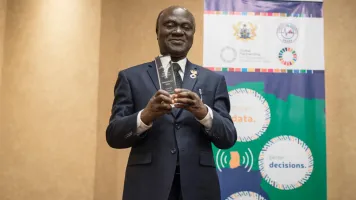
Governments and Leaders Join Data for Sustainable Development Goals Movement
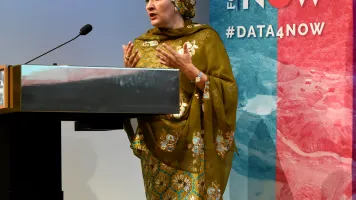
United Nations Deputy Secretary-General and partners launch effort to increase data for Sustainable Development Goal progress
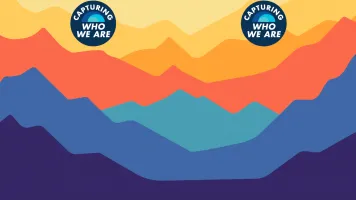
Watch Now - Capturing Who We Are: CRVS and ID to Leave No One Behind Highlight Reel
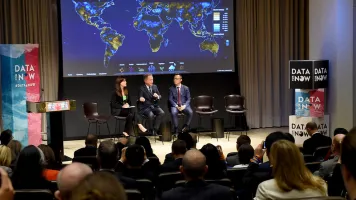
After the splash: turning ambition into action with #Data4Now
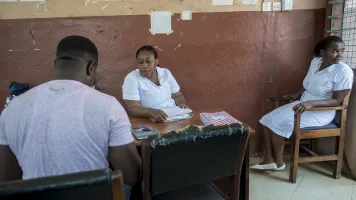
Holding on to the promise: strengthening administrative data for Agenda 2030
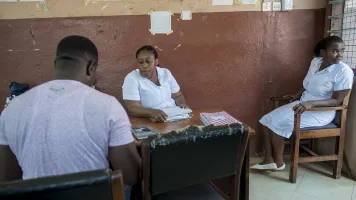
Cumplir con la promesa: fortalecer los datos administrativos para la Agenda 2030
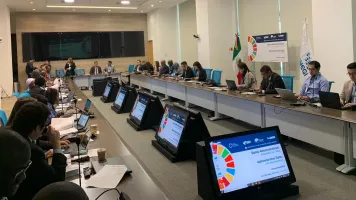
'Ordinary' data can deliver extraordinary boost in life chances say Latin American and African governments
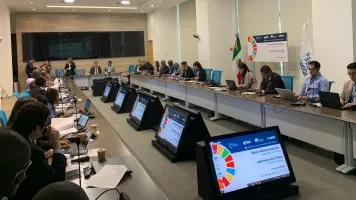
Los datos de 'rutina' pueden brindar un impulso extraordinario en las oportunidades de vida, dicen los gobiernos de América Latina y África
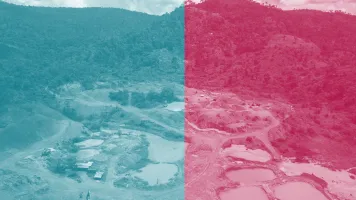
What’s next? Making Data for Now a reality
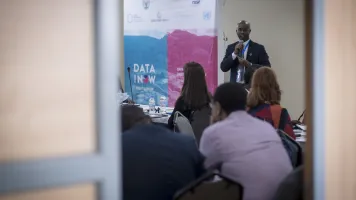
Rooftops and roadmaps: kicking off Data for Now
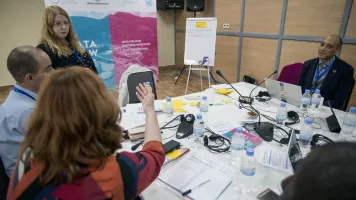
Data for Now: Oiling the Clockwork
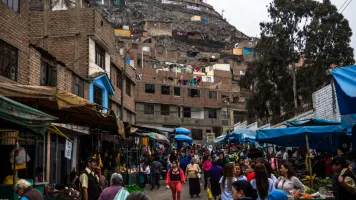
Now more than ever - realizing the full promise of administrative data: highlights from the LAC-Africa Peer Exchange
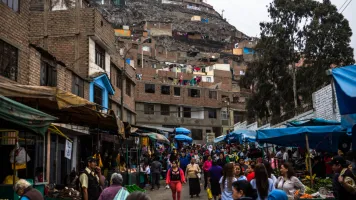
Ahora más que nunca - haciendo realidad la promesa de los registros administrativos: aspectos destacados del intercambio de experiencias ALC - África
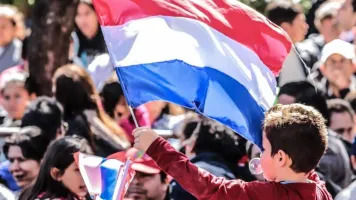
Using data visualization tools to showcase timely and reliable data for public policies in Paraguay
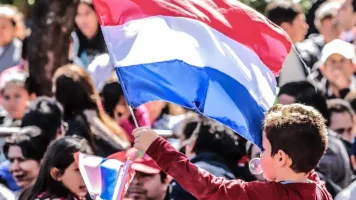
Uso de herramientas de visualización de datos para las políticas públicas del Paraguay
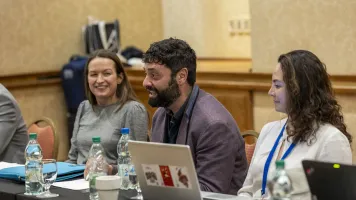
Cartografía abierta para el desarrollo sostenible en América Latina y el Caribe
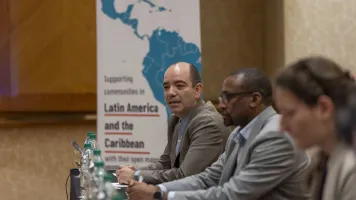
Open mapping for sustainable development in Latin America and the Caribbean
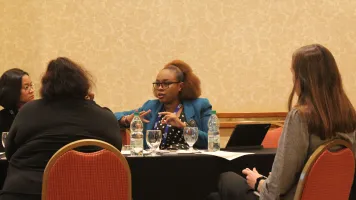
Cartografia aberta para o desenvolvimento sustentável na América Latina e no Caribe
Related resources
Data for Now: Inception Workshop Summary Report
Latin America and the Caribbean-Africa Peer Exchange on Administrative Data
Intercambio de experiencias entre América Latina y el Caribe y África sobre registros administrativos
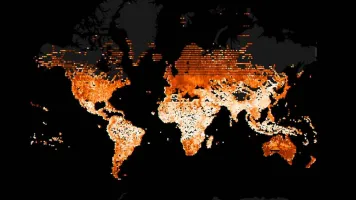
Gridded population data in the context of the sustainable development goals
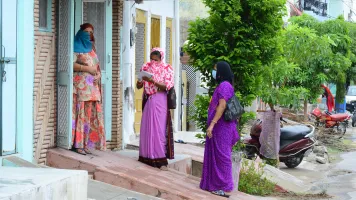
Three Years of the Inclusive Data Charter

Four Years of the Inclusive Data Charter

